All areas of modelling have requirements, and it’s no different for male models. But what exactly are the criteria, and what should you do if you don’t meet them?
Read on to discover what it takes to be considered as a male model, and how to get your foot in the door.
Famous Male Models
– David Gandy
– Oliver Cheshire
– Sean O’Pry
– Tyson Beckford
– Alex Lundqvist
– Lucky Blue Smith
– Billy Huxley
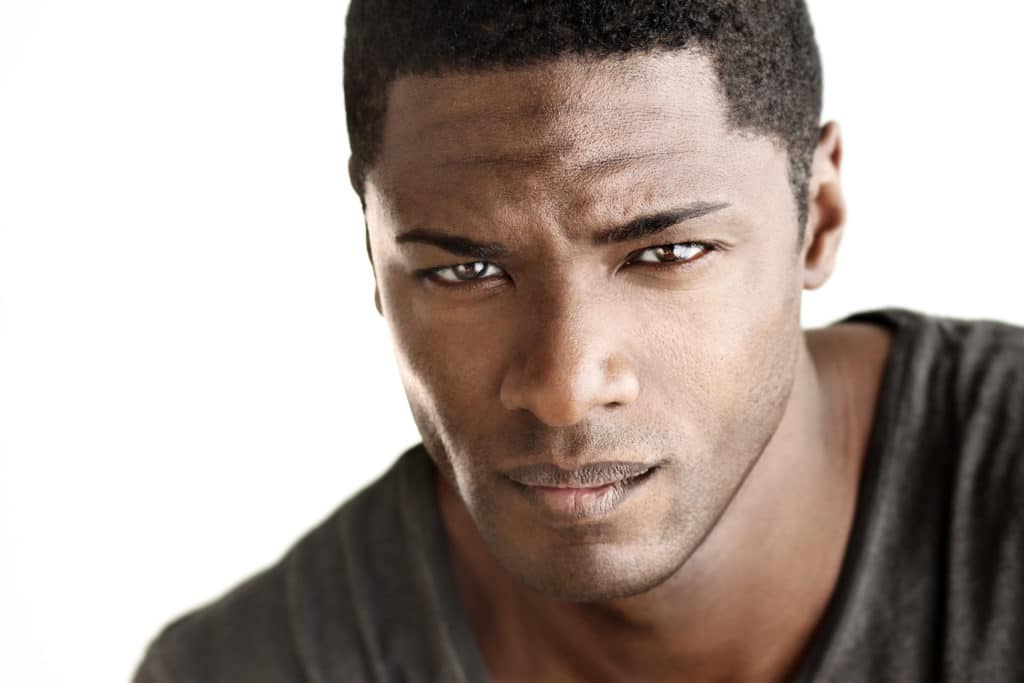
Male Modelling Requirements
Each sector of modelling will have different requirements. Unsurprisingly, the most strict requirements are for those wishing to enter into high fashion.
High Fashion
High fashion models must meet infamously strict guidelines. Male models must be at least 5’11” and it is preferred that they are no taller than 6’3″. Their waist measurements should be between 29-32 inches and their chest should be between 39-40 inches. Male high fashion models are fairly slender and toned, with small but defined muscles.
Other features that are looked for are a great walk for the catwalk, general good looks, even, white teeth and good hair.
There is little room for variation in the high fashion world, but as always there are some models who are able to ignore the rules and break the mould somewhat.
Catalogue/Commercial
Commercial modelling is a bit more relaxed about its requirements, but it still prefers men who are around 5’11” tall. They, too, look for tall but slender men with defined muscles, depending on who the model will be advertising for. Fitness brands will obviously look for those with a more athletic or muscular physique.
Commercial models must cater to a specific audience that is more normal and achievable for the average person, which means lots of different looks are required and accepted.
Plus-Size
The plus-size industry is more popular than ever, and the brands require a larger male to represent their audience. Plus-size men are not accepted in high-fashion, though they have plenty of opportunities in commercial modelling.
Clothing sizes and height requirements vary per agency and brand. Generally, brands are looking for attractive, proportional plus-size men with a good face and personality. Weight is not taken into consideration. Typically, a male plus-size model has a 38 to 40-inch waist.
Petite
Petite male models (those who measure 5’8″ and under) can also find work in the modelling industry. It may be harder to find work and you are very unlikely to be able to walk the runway, but it is possible to have a career as a shorter male model. Mark Wahlberg started his successful modelling career working with Calvin Klein despite only being 5’7″. If you have the right look and personality, as well as the determination and drive to succeed, you’ll get booked.
Alternative
Alternative models usually have body modifications such as tattoos and piercings, and they are allowed to have more eye-catching and quirky hair styles. These types of models are hired by brands who wish to advertise themselves towards a specific market.
Don’t meet any of the above criteria? Don’t forget about body parts modelling.
If you’re not sure which niche you fit into, get in contact with us by registering now.
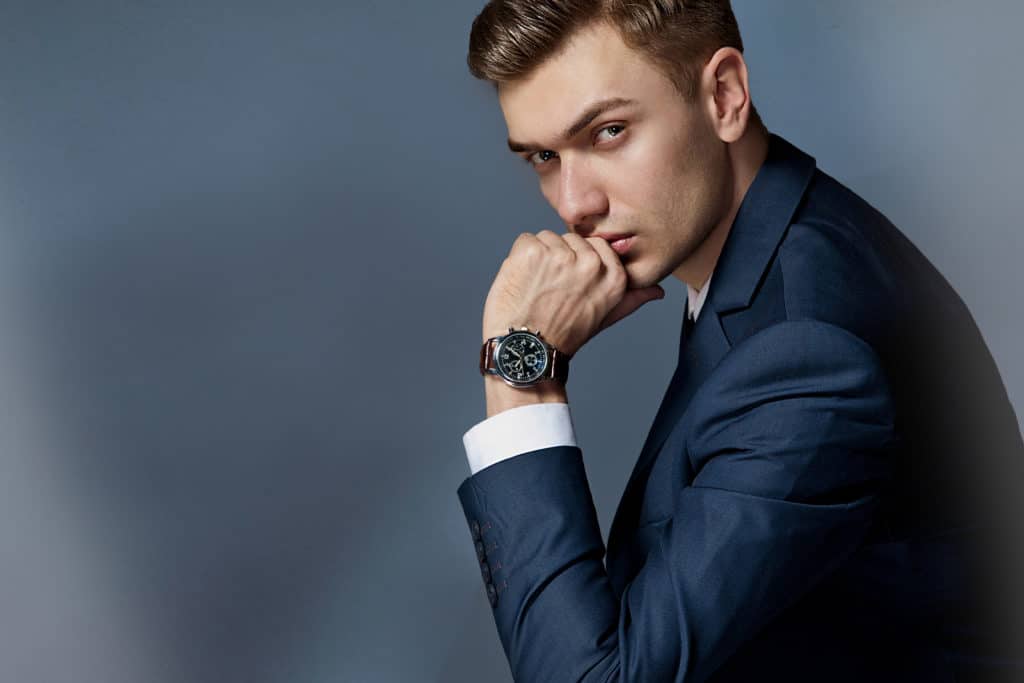
Other Requirements
As well as the above specifics, model scouts and agencies will be looking for the following:
– Good camera presence
– Confidence, particularly with people and in front of the camera
– Attractive eyes
– Good teeth
– Thick hair, or if hair is short a well-kept shorter style
– Proportional body shape
– A strong walk
How to Get Into Modelling
Once you are able to determine which niche of modelling you are most suited to, you can begin to do some research.
You need to find the agencies that cater and sign your niche of modelling. If you are attempting to get into plus-size modelling, there is no point in applying to an agency that does not sign plus-size models. Research all the agencies that meet your criteria.
Always make sure to research their general company ethos, too, as well as any reviews about their company. You want to get signed to an agency that works with brands you like. You also want to ensure the agencies you apply to treat their models and employees well.
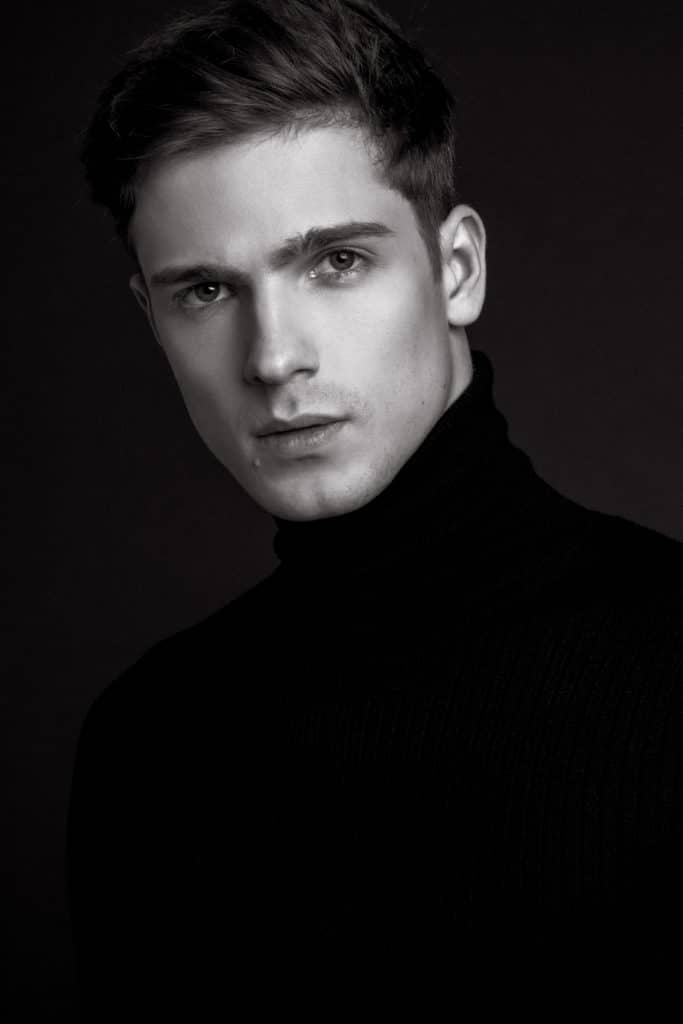
Applying to a Modelling Agency
Many top models are in the right place at the right time and get scouted by an agency scout. This can happen randomly anywhere, anytime; some top models are scouted whilst shopping, at the airport or even in a McDonald’s restaurant. This, however, is down to sheer luck; if you want to become a male model, you’ll likely have to take the harder route. If you want to improve your chances of being scouted, you’ll need to hang out in areas that scouts may be (main cities like London and Manchester, for example). You’ll also need to ensure you look good at all times.
If you don’t want to rely on fate, it’s time to get applying to some agencies. You should have researched lots of agencies by this point and have a good list to go through. You can apply to as many agencies as you like, as many times as you like, though a good rule of thumb is to only apply to the same agency once every 5/6 months or so.
It’s likely you will not hear back from many agencies. Don’t panic; they will receive thousands of applications each week. You need to persevere and keep trying for a chance. There are several reasons an agency may turn you down:
– They already have a similar-looking model signed with them
– They don’t have any room for more models currently
– You don’t match “the look” they’re after
– They haven’t seen your application yet because they’ve had so many other applications
Don’t become despondent if you don’t hear back. Keep trying, keep practising in your spare time and try to build a strong portfolio.
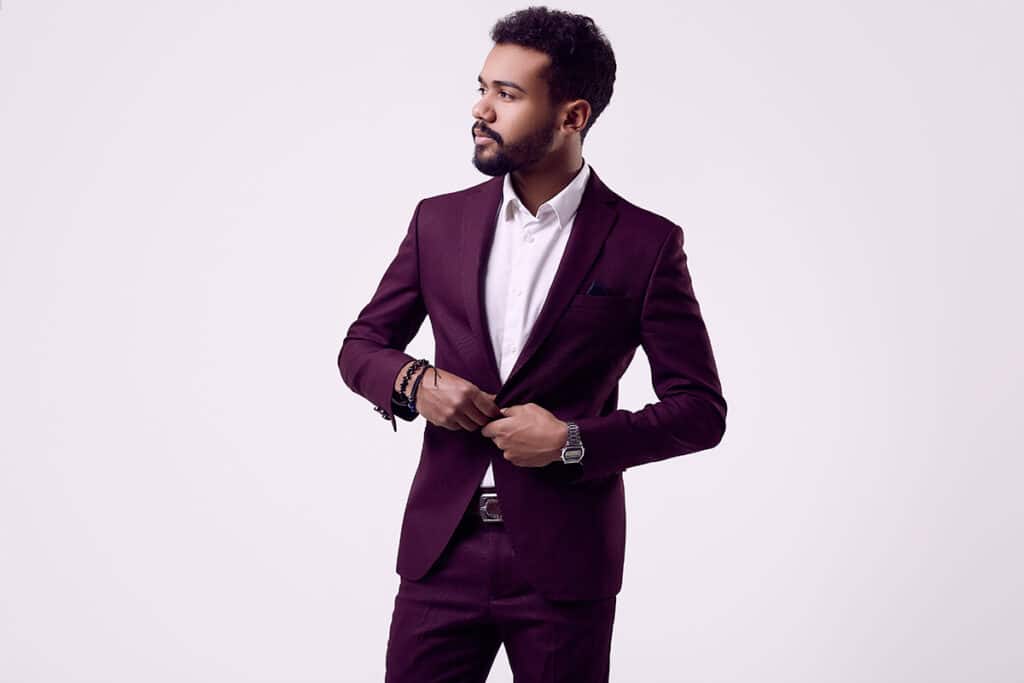
Building Your Portfolio
A model portfolio is your number one tool for modelling. It is a folder, usually A4 in size, that contains up to 20 of your modelling images.
Your portfolio will be used when applying to agencies, as well as when attending castings and interviews. Your portfolio has to be strong and stand out from the thousands of other hopefuls.
So how do you create a strong portfolio? Simple – you must have strong photos. Photos that are taken with your phone camera just won’t make the grade. You need high-quality images that show your experience and range as a model. It’s a good idea to include plenty of different looks as well as body shots and close-ups of the face.
Models will include their previous shoots in their portfolio, and they will update it regularly will current photos. If you have yet to do any work as a model, you’ll need to figure out a way of getting some high-quality shots done specifically for your portfolio. Most aspiring models hire a photography studio to help create some professional shots.
Other things to include in your portfolio:
– Your first name, last name and age
– Your measurements
– Your UK clothing size
– Your shoe size
– Your contact information
Instagram as a Tool
If you are willing to invest lots of time into your modelling career, a good place to start is on social media (particularly Instagram). This allows you to create a fanbase and attract brand attention which could be the start of a long career in modelling. Many catalogue models can find work in this way, and a couple of high-fashion models maybe scouted via social media, too.
Female models have achieved more success than men by being Instagram models, but that doesn’t mean men can’t also make money this way. High street brands in particular love working with influencers, so if you regularly take high-quality selfies or want to share your practice shots somewhere, social media is a good place to go.
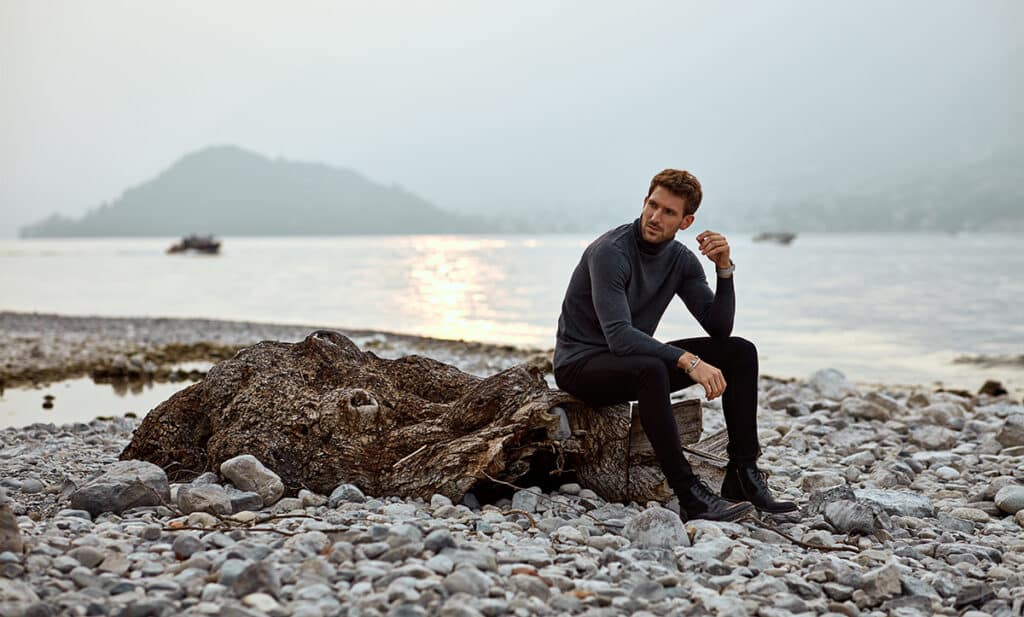
Looking to create a professional portfolio? Register with us today!
Networking
Networking is a really important part of a model’s success as, unfortunately, the industry can be quite nepotistic. As an outsider, you’ll have far greater success if someone is able to help you put a foot in the door.
The best way to network is to be nice to everyone you meet. Models regularly meet hundreds of new people – their stylists, hairdressers, make-up artists, photographers, brand managers, other models… you will be meeting a huge number of people whilst working and any one of them could help you further your career. You should make an effort to learn people’s names, to introduce yourself and hand out your z-card to people.
Don’t be afraid to do favours for people; you never know when they might repay the favour, and being kind will keep you remembered favourably by people in the industry. Models who are easy to work with, who bring joy to the set and who have lots of contagious energy will be remembered for all the right reasons.
You will meet a lot of people in social situations, too, particularly if you live in a main city where many agencies are located.
If you struggle to meet new people and make friends, you will struggle as a model. However, there are some social networking sites that may help ease you into creating friendships more remotely.
Casting Calls
If you manage to get an agency’s interest, you’ll be invited to a casting call. This will give the agency the opportunity to view you in-person and judge your ability to walk and model. You’ll need to take your portfolio with you to show them.
You may be asked to try on different clothes and show off your walk. If they like you, they’ll tell you there and then if they want to sign you.
If you are signed, make sure to read through the contract thoroughly before signing.
Once you’re signed to an agency, you will be invited to attend auditions to work with brands. You should attempt to attend any auditions you are invited to; declining or, worse, accepting them and not showing up will give you a bad name in the industry.
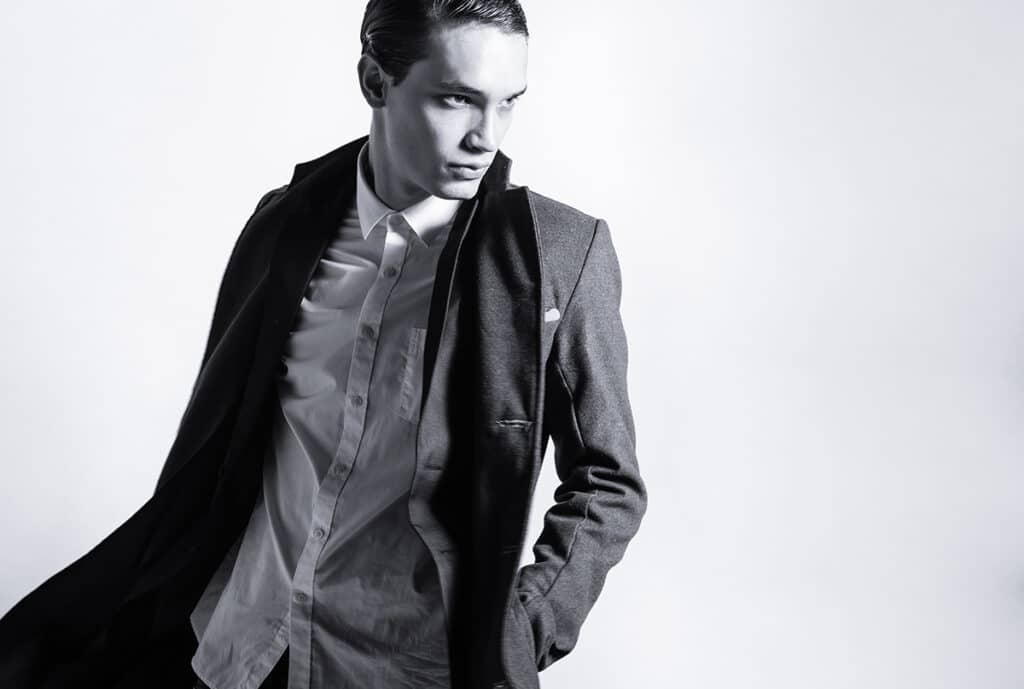
How to Look Good as a Male Model
Just like female models, male models must make an effort to look good 24/7. While genetics plays a fair hand at who is and isn’t deemed worthy of walking the runway, there is a lot that must be done behind the scenes to keep physiques and looks in peak condition.
Skincare
Men should invest in a good skincare that they can stick to for clear, acne-free skin. A good skincare routine should consist of a cleanser, moisturiser, a serum (for treating specific skin issues like acne, redness, hyperpigmentation, ageing etc) and a sunscreen.
Men should wear a sunscreen every day to protect their skin from sun damage. Some men like to choose a tinted sunscreen to give their skin a more uniform appearance and to appear more tanned, particularly in the summer.
In the morning, wash your face with clean water and follow it with your serum (if you’re using one), then your moisturiser and sunscreen.
In the evening, you should cleanse twice – once to remove the sunscreen, and again to properly clean the skin. Then follow with the serum and moisturiser.
Men will have to wear make-up for photoshoots and it’s important to have a good skincare routine early on to keep skin in optimum health and condition.
Exercise
Men need to exercise regularly to keep their muscles toned and fat percentage low. The modelling niche will depend on the type of exercise you need to do. Fitness models need to build more muscles, whereas high-fashion models need to have more slender, toned bodies.
Exercise will also keep you healthy and fit which will be required for long days shooting and constant travel.
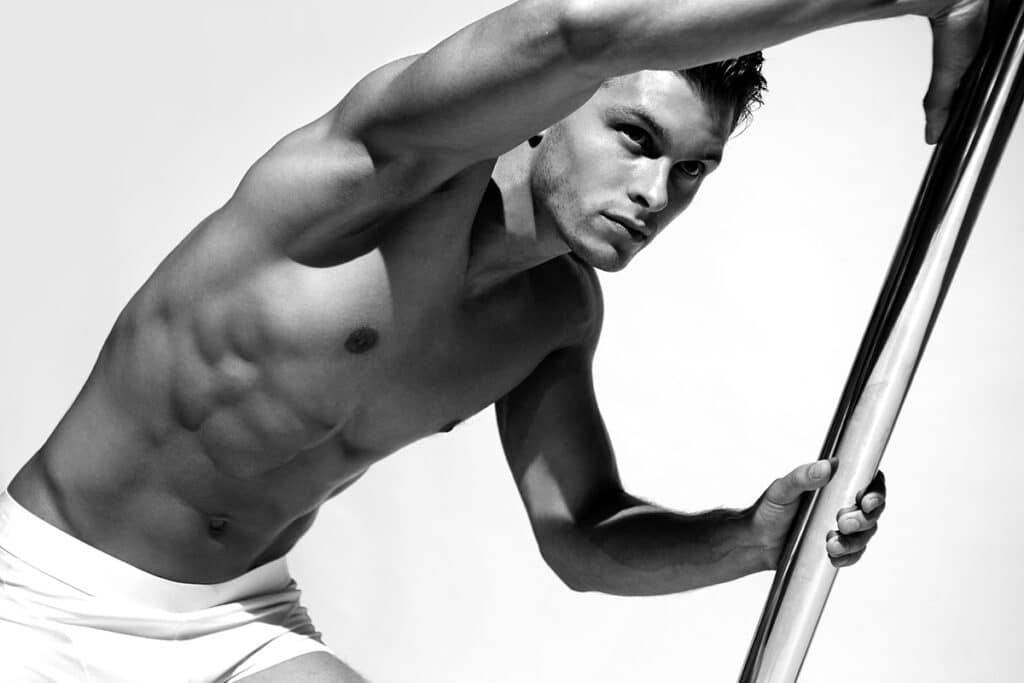
Nutrition
Male models need to eat well. A good diet will keep skin clear and hair healthy. It will also keep the fat off and help to maintain a good physique.
Eating well will also give you energy and make you feel healthier and happier.
Dressing Well
Male models need to be mindful of what they wear. Clothes need to fit well; suits in particular should be sized by a professional tailor to ensure the length and fit is correct.
Even off-duty, you should attempt to look like a model.

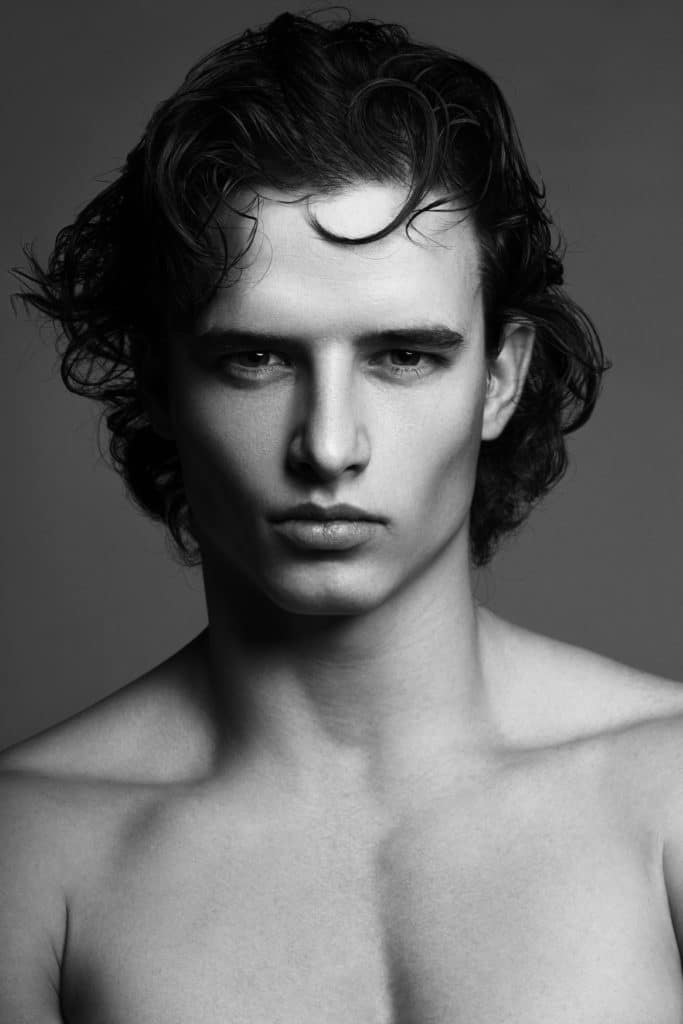
I love modeling